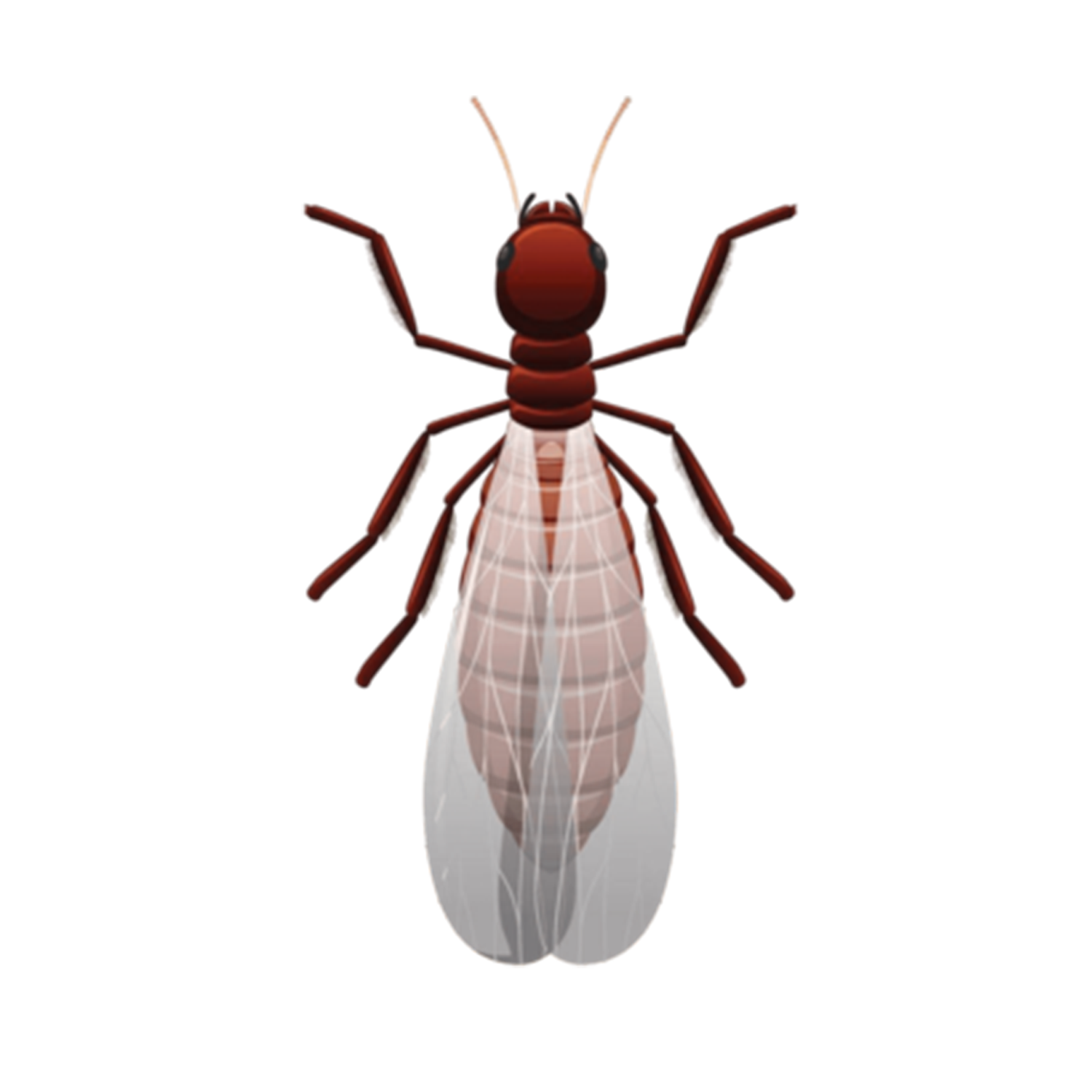Termite Control
With the proper use of termite treatment methods and techniques, Termike Pest Control can control and remove subterranean, dampwood and drywood termites infesting homes.


Subterranean Termite
Most subterranean termite control is done by applying either termiticides to the soil or termite monitoring bait stations in or around the structure. The goal is to establish a continuous insecticide barrier between the termite colony (usually in the soil) and wood in a building. Sometimes, there may be a secondary termite colony above the soil (in the roof or other areas with a constant moisture supply) that requires additional treatment. The termite baits do not leave a residual chemical in the soil. However, they can reduce and may eliminate a termite colony. While this method of controlling termites is very appealing because it does not require extensive site preparation such as drilling or trenching and extensive application of insecticide to the soil or structure, research is still ongoing to develop the most effective baits and delivery systems.
Drywood Termite
If the inspection finds evidence of drywood termites, you have several options, depending on the degree of infestation. Fumigation and heating of the entire house are the only choices that ensure eradication in the entire structure. If the infestation is contained in a small area, local or spot control may be effective; however, hidden infestations in other parts of the structure will not be eradicated.
Structure vs. Localized or Spot Treatments
All dry wood termite control methods can be categorized as either whole-structure or localized. A whole-structure treatment is defined as the simultaneous treatment of accessible and inaccessible infestations within a structure. A localized or spot treatment is more restrictive and is often applied to a single board or small group of boards. Homeowners are advised to know the distinction between whole-structure and spot treatments when deciding which method to select because all treatment methods are not equivalent.
Whole-structure treatments have an advantage over spot treatments in that they are not detection dependent. This means whole-structure treatments, if applied properly, can eliminate all infestations, even hidden ones. With the unreliability of current detection methods, there is always some doubt as to the extent of dry wood termite colony boundaries within homes. Consequently, one can never be sure that all infestations have been treated.
Fumigation as a Whole Structure Treatment
Fumigation is the process where insects are eliminated from a structure with the use of lethal gas. Fumigations are carried out using essentially one chemical: Sulfuryl Fluoride. This gas is odorless, colorless and leaves no residue. Therefore, prior to the fumigation, applicators introduce trace amounts of Chloropicrin. Chloropicrin (a warning agent) has a strong odor and will cause respiratory and eye irritation.
Call Us: (888) 683-3592 or Email us : info@termikepestcontrol.com
We are proud to have a strong reputation among our customers, and our positive reviews on Google and Yelp reflect our commitment to providing the highest quality of service. Our customers have praised our team for their professionalism, expertise, and dedication to delivering exceptional results.
